We have much more to do and your continued support is needed now more than ever.
The Unknown Story of the Mighty Muskoxen
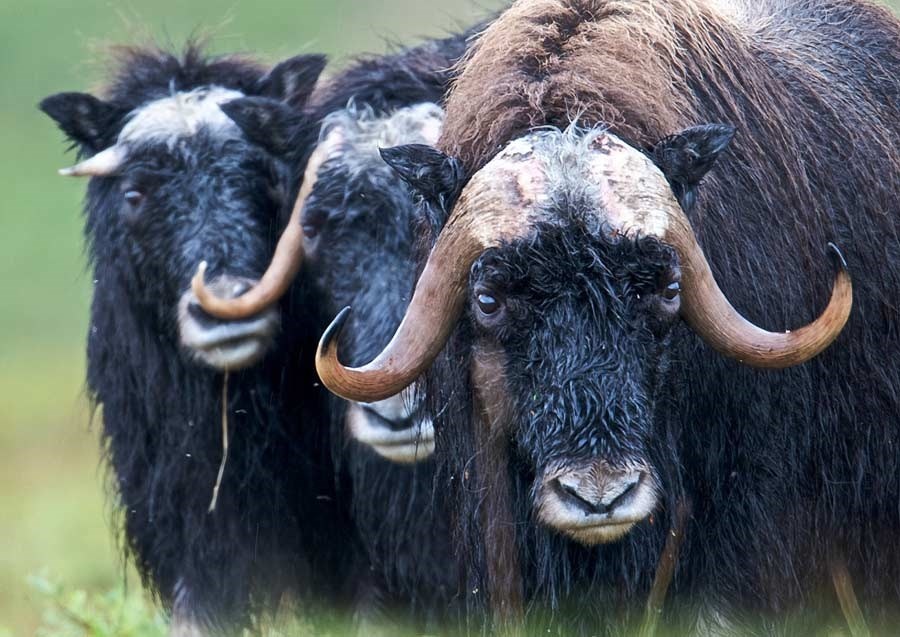
Muskox, just say it out loud…muskox. In addition to being one of the greatest words (subjectively) to speak in the English language, it’s also a large arctic mammal known for its thick coat and strong smell. Seeing herds roam the Arctic tundra, they look like a long-extinct prehistoric mammal from the Ice Age akin to a woolly mammoth or saber tooth tiger. Muskoxen actually did make it through prehistoric times, though they almost went the way of their Ice Age companions and completely disappeared from Alaska due to overhunting.
So begins one of the great and lesser known conservation and restoration stories of the last hundred years. After being eradicated from Alaska, the U.S. Fish and Wildlife Service scooped up 36 young calves and yearling muskoxen from their range in Greenland. From there they began a perilous journey via boat (across the Atlantic) by train (New York to Seattle) and boat again to Fairbanks. After a few years of recovery and acclimation, these animals became the source of all wild muskoxen in Alaska today. They were first introduced to Nunivak Island and, after having thrived there, they have since expanded to over 4,000 throughout Alaska, including the Arctic National Wildlife Refuge.
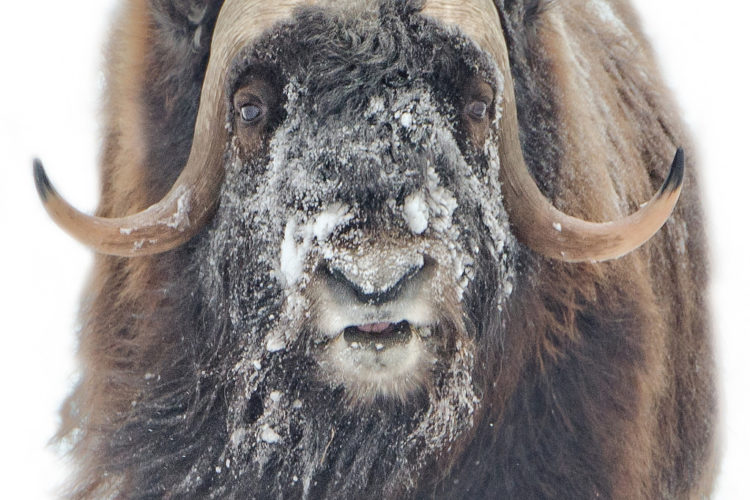
This successful restoration story is in jeopardy of coming to a bad end with the current effort to open the Arctic Refuge to drilling. The muskoxen in the refuge are also targets of oil and gas drilling. Disturbing muskoxen when they are most vulnerable, during the winter and calving season, could harm the populations within the refuge and could threaten their survival.
The Trump Administration is seeking to open the coastal plain within the Wildlife Refuge to oil and gas drilling. The industry has been trying to gain access to the Arctic Refuge for years and is on the cusp of finally achieving its unpopular goal. More than once, the public has spoken out against opening up this pristine habitat that’s important to so many wildlife species – including migratory birds, polar bears, caribou, and muskoxen. Protecting the Arctic National Wildlife Refuge has been a bipartisan issue since President Eisenhower first established the refuge in 1960.
It’s time to take action and stand up again for our wildlife and public lands. We’ve beaten back drilling in the Arctic Refuge with bipartisan support in the past – and with your voice and support we can do it again!










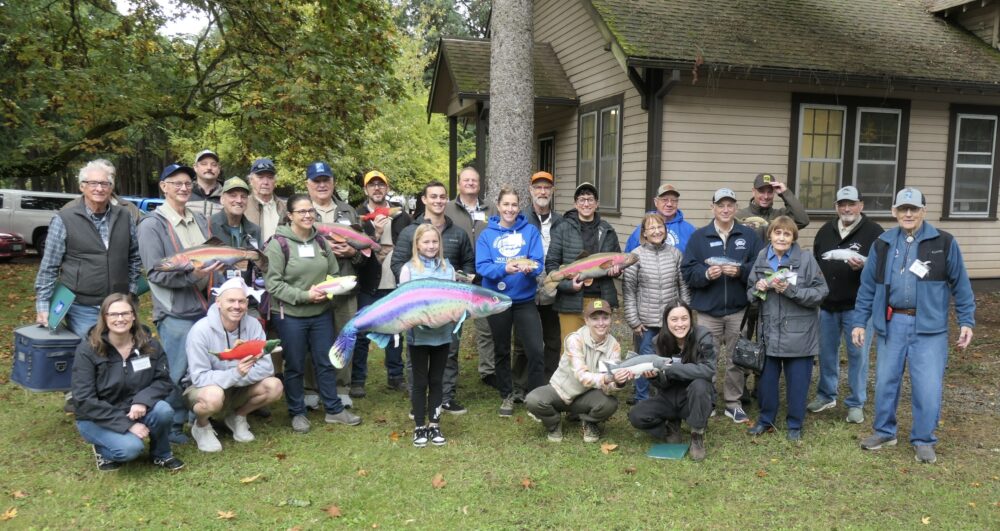
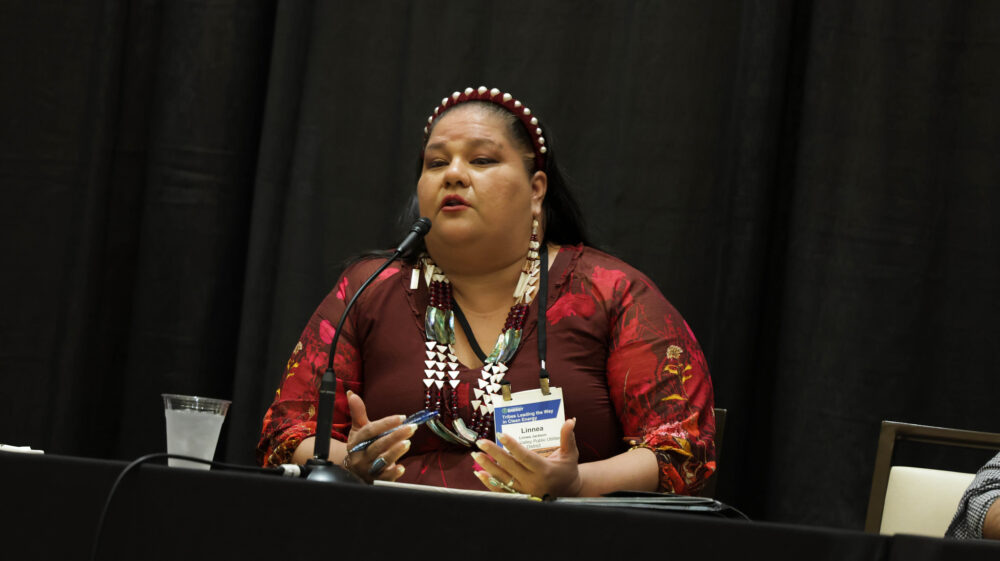
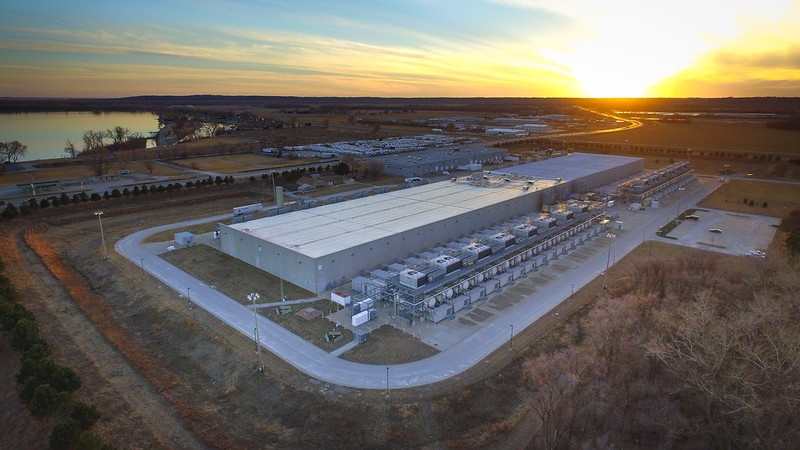


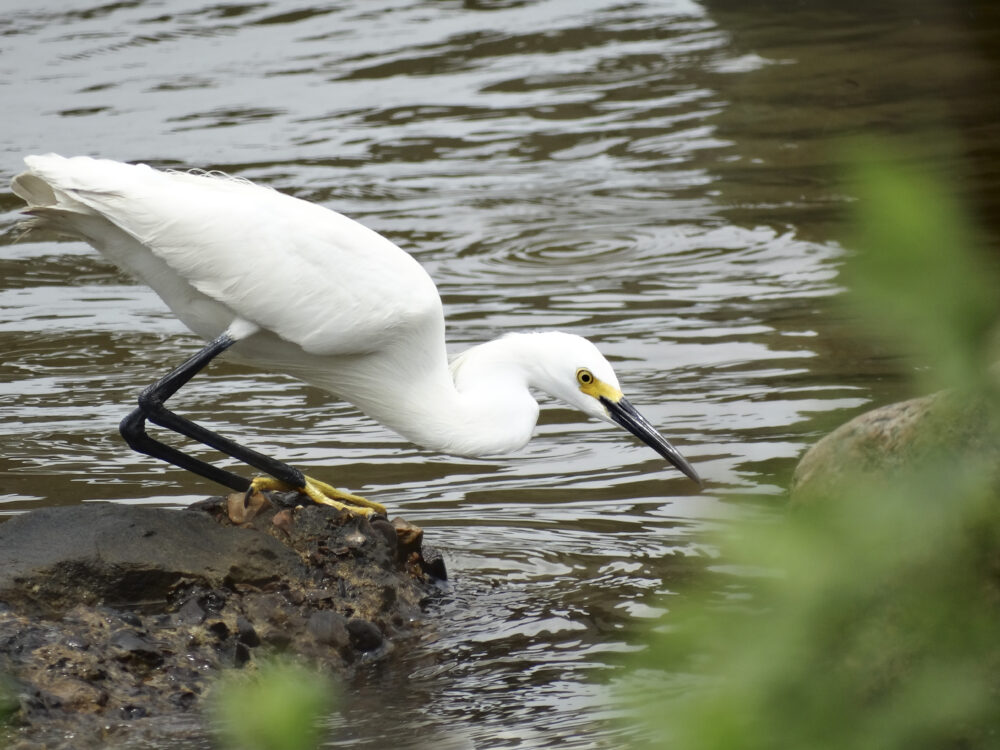
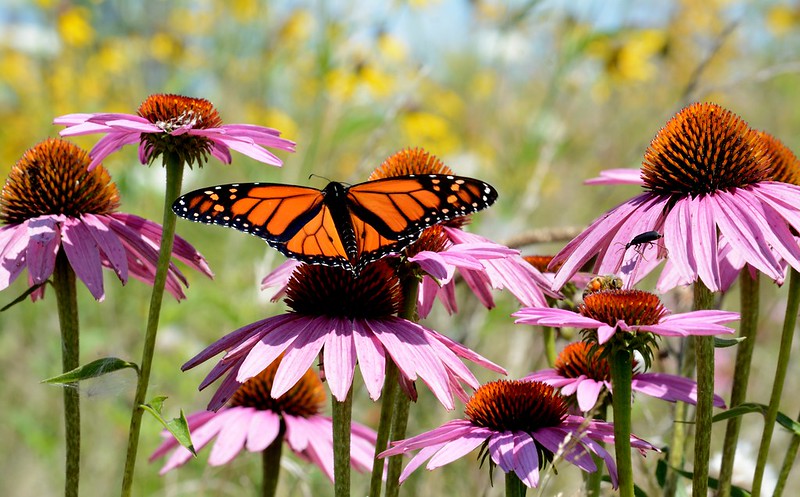




Building Momentum: What’s Next for Beaver Conservation in Colorado